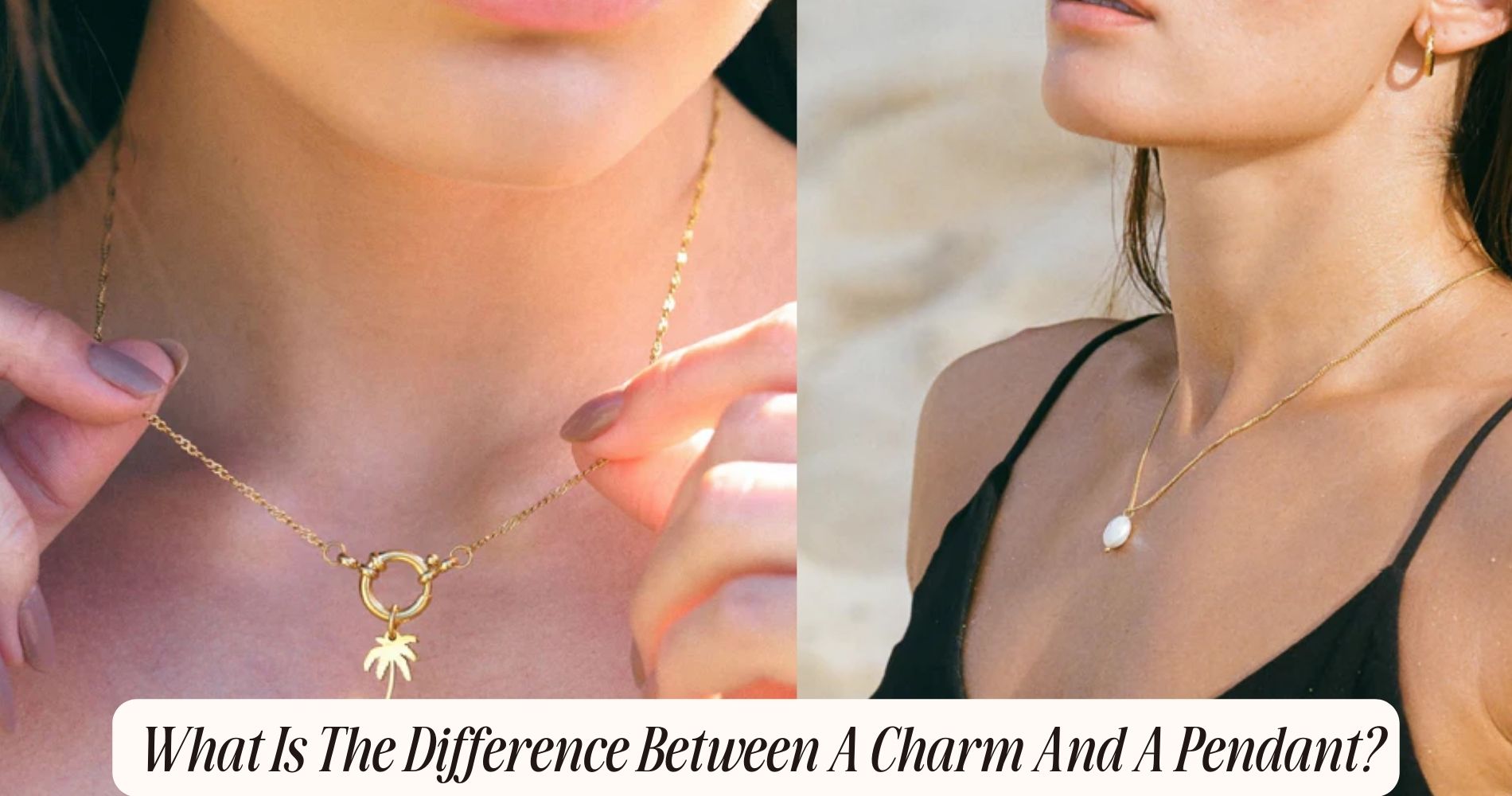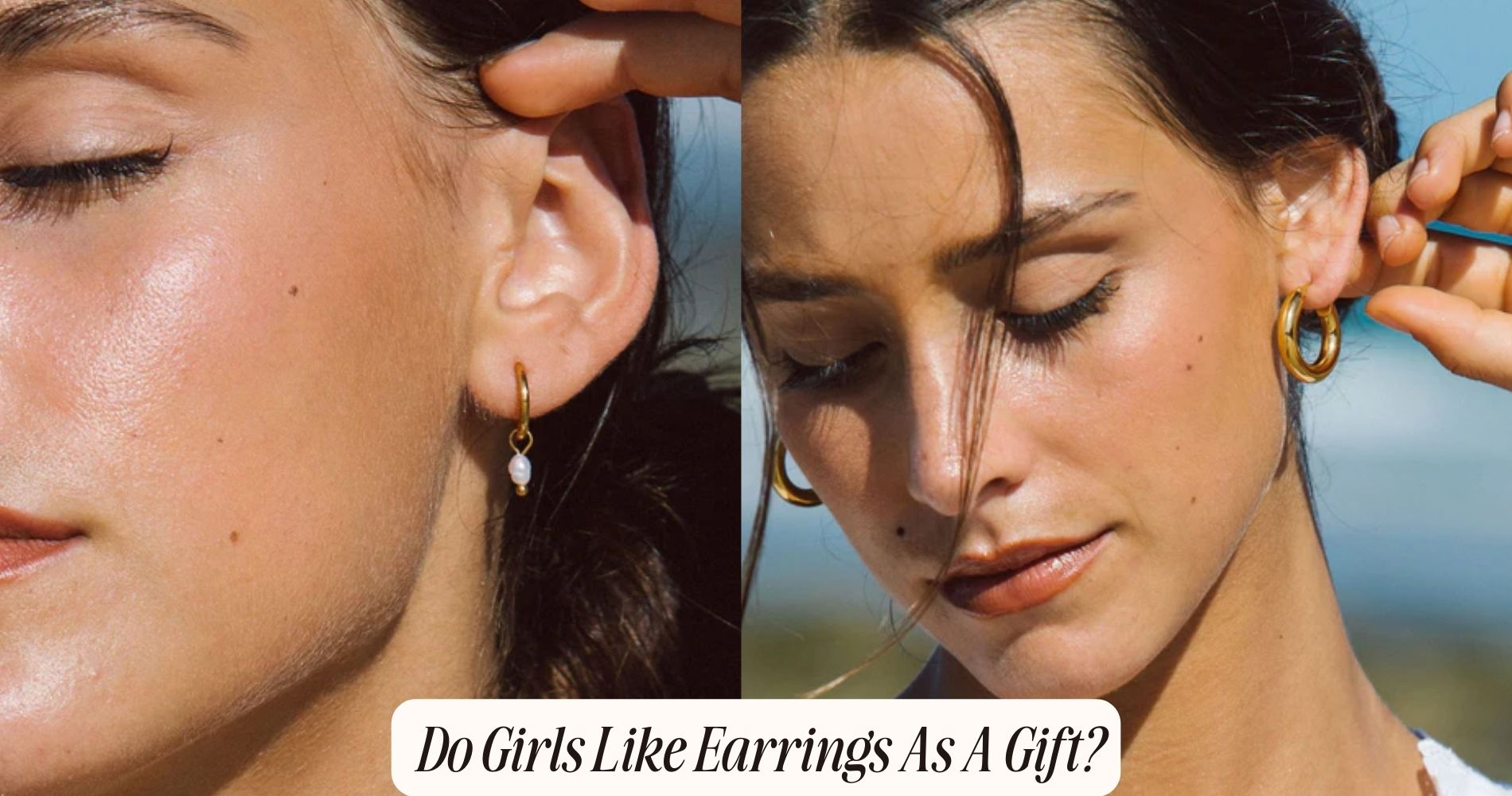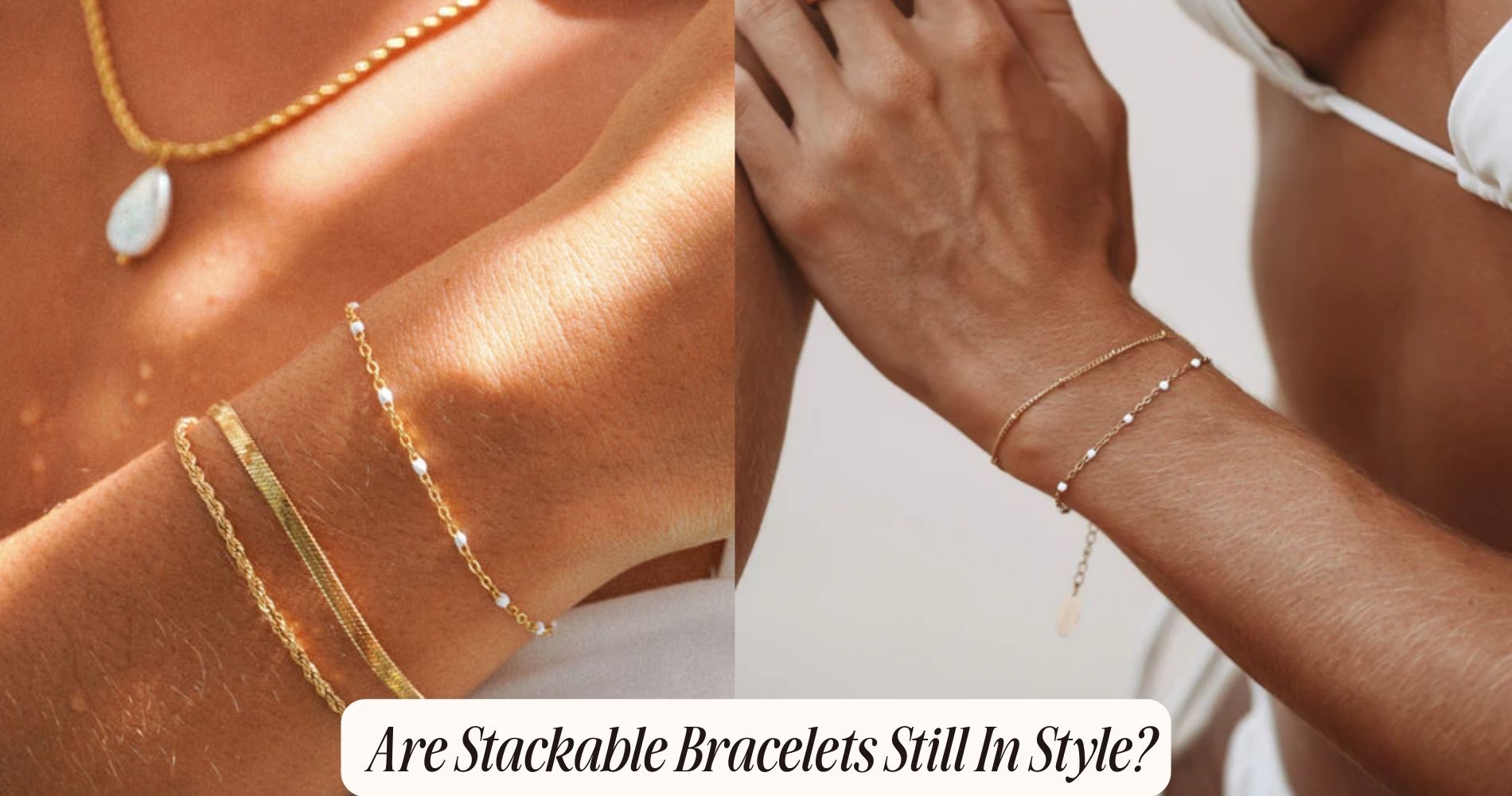
What Is The Difference Between A Charm And A Pendant?
What is the difference between a charm and a pendant? Charms and pendants both enhance jewelry, but they differ in nature and design. Charms are small, decorative items often symbolic or sentimental, frequently depicting gods, animals, or personal milestones. Pendants, on the other hand, are statement pieces designed as the necklace's focal point, ranging from minimalist to intricate styles. Both can be made from gold, silver, and mixed materials. While charms tell stories through detailed craftsmanship, pendants make bold artistic expressions. Choosing between them depends on your aesthetic preference and the story you wish to convey. For deeper insights into these artistic adornments, explore our Ocean Charms Necklace and Long Pendant Necklace collections.
Definition of Charms
A charm is a small decorative item, often imbued with personal or sentimental significance, designed to be attached to a bracelet, necklace, or another piece of jewelry. Charms have been used throughout history, each carrying its own unique historical significance and symbolic meanings.
You might find that ancient civilizations used charms as talismans, believing they had the power to ward off evil spirits or bring good fortune. These tiny artifacts weren't just decorative; they were laden with cultural and spiritual importance.
When you study charms, you'll notice that their designs often reflect the values and beliefs of the time period they originate from. For instance, Egyptian charms frequently depicted gods and animals, symbolizing protection and strength. In medieval Europe, charms shaped like crosses or other religious imagery were common, serving as a public declaration of faith and devotion.
Crafting a charm involves meticulous attention to detail, ensuring each element serves both an aesthetic and symbolic purpose. Whether it's a heart representing love or a four-leaf clover for luck, the charm's meaning is as integral as its form.
Definition of Pendants
When you examine a pendant, you're looking at a hanging jewelry component that often steals the spotlight.
Pendants come in various styles, from minimalist designs to ornate, gem-encrusted pieces.
Crafted from common materials like gold, silver, and platinum, they can be personalized to match any aesthetic or occasion.
Hanging Jewelry Component
Unlike other jewelry components, pendants are specifically designed to hang from a chain or cord, serving as the focal point of a necklace. Pendants are more than just ornamental trinkets; they're meticulously crafted to draw attention and add a touch of elegance to any ensemble. As a hanging jewelry component, a pendant's primary function is to enhance the aesthetic appeal of the necklace it adorns.
When you choose a pendant, you're selecting a piece that often carries significant personal or cultural meaning. These jewelry components can range from simple geometric shapes to intricate designs embedded with gemstones. The craftsmanship involved in creating a pendant is both an art and a science, requiring a deep understanding of balance, weight distribution, and material properties to make sure it hangs correctly and comfortably.
Pendants can be made from various materials, including precious metals like gold and silver, as well as alternative materials like glass, wood, or enamel. The attachment mechanism, often a bail, is specifically engineered to allow the pendant to hang gracefully while maintaining its position. This makes pendants not just beautiful but also functional elements in the world of jewelry design.
Various Pendant Styles
Pendants come in a myriad of styles, each uniquely designed to capture the essence of personal expression and artistic craftsmanship. You'll find that pendants aren't just ornamental pieces; they often carry symbolic meaning, embodying sentiments, beliefs, or memories. For instance, a heart-shaped pendant can signify love, while a tree of life pendant may represent growth and connectedness.
One of the most fascinating aspects of pendants is their personalization options. You can choose from engraved initials, birthstones, or even custom designs that resonate with your individual story. This ability to customize makes pendants deeply personal and often cherished as keepsakes.
From minimalist geometric shapes to intricate filigree designs, the technical diversity of pendants is vast. Some styles feature enamel work, capturing vibrant colors, while others may incorporate mixed metals for a two-tone effect. There are also lockets, which not only serve as pendants but also open to reveal tiny compartments, perfect for storing a small photograph or memento.
Whether you prefer a classic solitaire pendant that highlights a single gem or a more elaborate design adorned with multiple elements, the variety ensures there's something for everyone. Each pendant style is a testimony to the artistry and craftsmanship that goes into creating these timeless pieces.
Common Pendant Materials
A wide array of materials, from precious metals like gold and platinum to more unconventional choices like wood and resin, are used in crafting pendants, each adding unique aesthetic and functional qualities to the final piece. When you choose a pendant made from precious metals, you're not just selecting a piece of jewelry; you're investing in timeless elegance and durability.
Gold, with its warm luster, and platinum, known for its exceptional strength and hypoallergenic properties, are often preferred for their luxurious appeal and resilience.
For a more artistic and colorful touch, glass beads make an excellent choice. These beads can be crafted into intricate designs, reflecting light in mesmerizing ways, and can be combined with other materials to create vibrant, eye-catching pendants.
Wood brings a natural, earthy feel, often chosen for its organic textures and unique grain patterns. Resin, on the other hand, offers versatility and modern flair, allowing for encapsulation of various elements like dried flowers or pigments for a personalized look.
Each material brings its own set of characteristics, enabling you to select a pendant that aligns perfectly with your personal style and the message you wish to convey.
Design Differences
When examining design differences, you'll notice charms often exhibit intricate, compact forms, while pendants typically showcase larger, more statement-making silhouettes.
Charms usually have a single attachment point, ideal for bracelets, whereas pendants often feature a bail for hanging on necklaces.
Both styles cater to varied aesthetic preferences, from whimsical and playful charms to elegant and bold pendants.
Size and Shape Variations
You'll notice that charms often boast intricate designs and smaller dimensions, while pendants typically feature larger, more prominent shapes. Historically, charms have roots in ancient civilizations, where they were believed to hold symbolic meanings and serve as talismans. These tiny pieces are meticulously crafted, often incorporating detailed engravings or miniature sculptures. The smaller size of charms allows them to be versatile, easily added to bracelets or necklaces without overwhelming the overall design.
On the other hand, pendants have a different aesthetic focus. Their larger size allows for more elaborate and bold designs, making them the centerpiece of any jewelry piece. Pendants often carry their own historical origins, sometimes reflecting the art and culture of a particular era. They can be adorned with gemstones, enamel work, or intricate metal patterns, creating a statement piece that draws attention.
Both charms and pendants offer a wide array of shape variations. Charms typically come in playful, whimsical forms such as animals, stars, or hearts. Pendants, however, might take on more substantial shapes like crosses, medallions, or abstract art forms. The size and shape differences between charms and pendants profoundly influence their visual impact and the way they're worn.
Attachment and Functionality
Attachment mechanisms in charms and pendants play a significant role in their design and functionality. Charms are equipped with small attachment mechanisms such as lobster clasps, jump rings, or split rings, allowing for easy addition or removal from various accessories. This adaptability is key to their purpose, enabling users to personalize their jewelry effortlessly based on preferences or trends.
On the other hand, pendants are typically designed with a singular attachment mechanism that seamlessly integrates with a necklace chain. This usually involves a sturdy bail or loop at the top of the pendant, ensuring secure and prominent placement. The primary function of pendants is to act as a focal point, enhancing the overall aesthetic of the necklace.
The engineering of these mechanisms is both intricate and purposeful. Charms require flexible yet secure mechanisms, while pendants need robust attachments to maintain their central position. This careful design ensures that each type of jewelry fulfills its intended purpose beautifully, whether it's the versatile charm or the striking pendant.
Style and Usage
The stylistic differences between charms and pendants lie in their design intricacy and the cultural narratives they embody. Charms often feature intricate details and are generally smaller, making them ideal for creating personalized bracelets or clustered necklaces. Their designs can be whimsical or symbolic, reflecting personal milestones or fashion trends. You'll find charms in diverse shapes like hearts, stars, or animals, often capturing moments or sentiments in miniature form.
On the other hand, pendants are typically larger and serve as the focal point of a necklace. They often showcase more elaborate craftsmanship and can include gemstones, intricate metalwork, or even miniature art pieces. Pendants tend to embody broader cultural narratives or artistic expressions, making them statement pieces in your jewelry collection.
When it comes to wearability options, charms are versatile and can be easily added or removed from bracelets and necklaces, allowing you to adapt to different fashion trends effortlessly.
Pendants, however, are usually more fixed in their presentation, designed to stand out as a single, impactful piece. This distinction makes pendants ideal for occasions where you want a bold, singular statement, while charms offer daily adaptability and a touch of personal flair.
Uses and Occasions
Often, charms are intricately designed to capture personal sentiments and are ideal for commemorating special moments, while pendants typically serve as bold, statement pieces suited for elegant occasions.
When you're considering gift ideas for holiday occasions, a charm can be a thoughtful and intimate choice. Charms can symbolize milestones like birthdays, anniversaries, or graduations. They offer a way to carry personal memories wherever you go, often designed with intricate details that evoke specific emotions or events.
Pendants, on the other hand, excel in bringing a sophisticated touch to formal events and celebrations. Think of them as the centerpiece of an elegant outfit, perfect for weddings, galas, or high-end parties. Their designs are usually more pronounced and can include large gemstones, intricate metalwork, or artistic motifs.
Pendants often draw attention and make a statement about your style and personality.
Materials and Styles
Exploring the materials and styles of charms and pendants, you'll find a wide range of options ranging from precious metals like gold and silver to vibrant gemstones and intricate enamel work. Gold and silver charms often carry historical significance, symbolizing wealth and status in various cultures. These metals, combined with delicate craftsmanship, create timeless pieces that can be passed down through generations.
When you investigate gemstones, each one holds cultural symbolism. For instance, a sapphire charm may represent wisdom and virtue, while a ruby pendant could signify passion and protection. Enamel work introduces a splash of color and artistic flair, achieved through a meticulous process that bonds powdered glass to metal via high heat. This technique has been cherished for centuries, especially in regions like Asia and Europe, where it adorns everything from religious artifacts to royal jewelry.
Styles vary greatly; charms often depict miniature objects or symbols like hearts, animals, or initials, adding a personal touch to your jewelry. Pendants, on the other hand, usually feature larger, more elaborate designs, sometimes incorporating mixed materials for a striking effect.
Whether you're drawn to the historical significance or the cultural symbolism, the materials and styles of charms and pendants offer an endless playground for self-expression.
Choosing the Right One
Understanding the rich history and diverse styles of charms and pendants sets the stage for selecting the perfect piece that resonates with your personal taste and significance. Begin by evaluating your personal preferences. Do you lean towards intricate designs or minimalist aesthetics? Charms often offer customizable and intricate details, making them ideal for those who love storytelling through jewelry.
Pendants, on the other hand, provide a larger canvas for bold, artistic expressions or symbolic representations.
Next, consider your wardrobe and how the piece will integrate with your existing collection. Charms are versatile and can be added to bracelets or necklaces, allowing for a layered, eclectic look. Pendants usually serve as focal points, perfect for making a statement with a single, standout piece.
Budget considerations are essential. Charms, typically smaller, may be more affordable and allow you to build a collection over time. Pendants, especially those crafted with precious metals or gemstones, can be more expensive but offer a substantial, lasting impact.
Ultimately, your choice hinges on a balance between personal style, how you intend to wear the piece, and your financial constraints. Choose wisely, and let each piece tell your unique story.
Conclusion
In choosing between a charm and a pendant, focus on your personal style and the occasion. Charms, typically smaller and more whimsical, are perfect for creating personalized bracelets.
Pendants, often larger and more detailed, make striking statements on necklaces. Consider materials and craftsmanship—charms might use playful designs, while pendants often showcase intricate artistry.
Ultimately, select the piece that resonates with your aesthetic and the sentiment you wish to express.

























Leave a comment
This site is protected by hCaptcha and the hCaptcha Privacy Policy and Terms of Service apply.